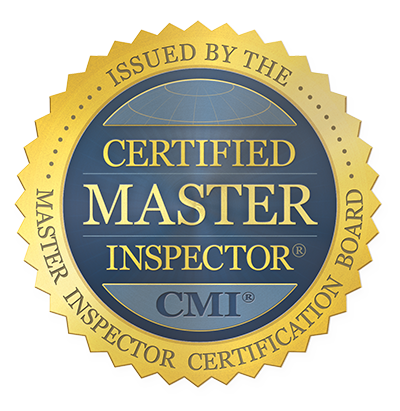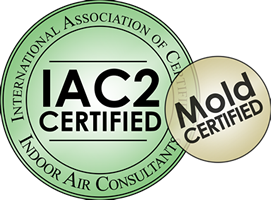Follow Us x
Termite /WDO Inspection
Serving Cape Coral, FL & the surrounding area
WDO inspection is checking for Wood Destroying Organisms. This inspection is more commonly referred to as a termite inspection. It's called a WDO because termites are not the only wood destroying organisms in the world. The WDO inspector is trained to look for things that we don't typically think about. They inspect the attic for minute damage that indicates the house has an issue. Always hire a qualified inspector to perform your WDO inspection. In Florida, it is imperative that all structures be WDO inspected.
A Wood Destroying Organism (WDO) Inspection Report is a written report of an inspection on a home for visible and accessible evidence of an infestation or damage by wood destroying organisms. Usually this means subterranean or dry wood termites, but will also cover wood destroying beetles and wood destroying fungi.
In Florida, carpenter ants and carpenter bees do NOT have to be reported.
What to know about Termites:
- Termites eat wood from the inside out. That means they leave very little evidence of their presence until an infestation is pretty far along. Because the warning signs can be subtle, it will probably take an expert to recognize them.
- A large termite colony feasting on the wood in a home can consume a pound of cellulose a day but it's usually much less. That can lead to structural damage you won't want to deal with. The presence of termites doesn't necessarily mean a home is unsound, though, especially if the infestation is relatively recent. An expert will know the difference.
- A termite inspection can help decipher more than just the warning signs of termites. Most inspectors are trained to recognize the presence of other wood-destroying pests like carpenter ants, too.
Facts about wood decay and decay fungi:
Call Cobalt Inspection Services to schedule your WDO or termite inspection today in the Cape Coral, FL area.






